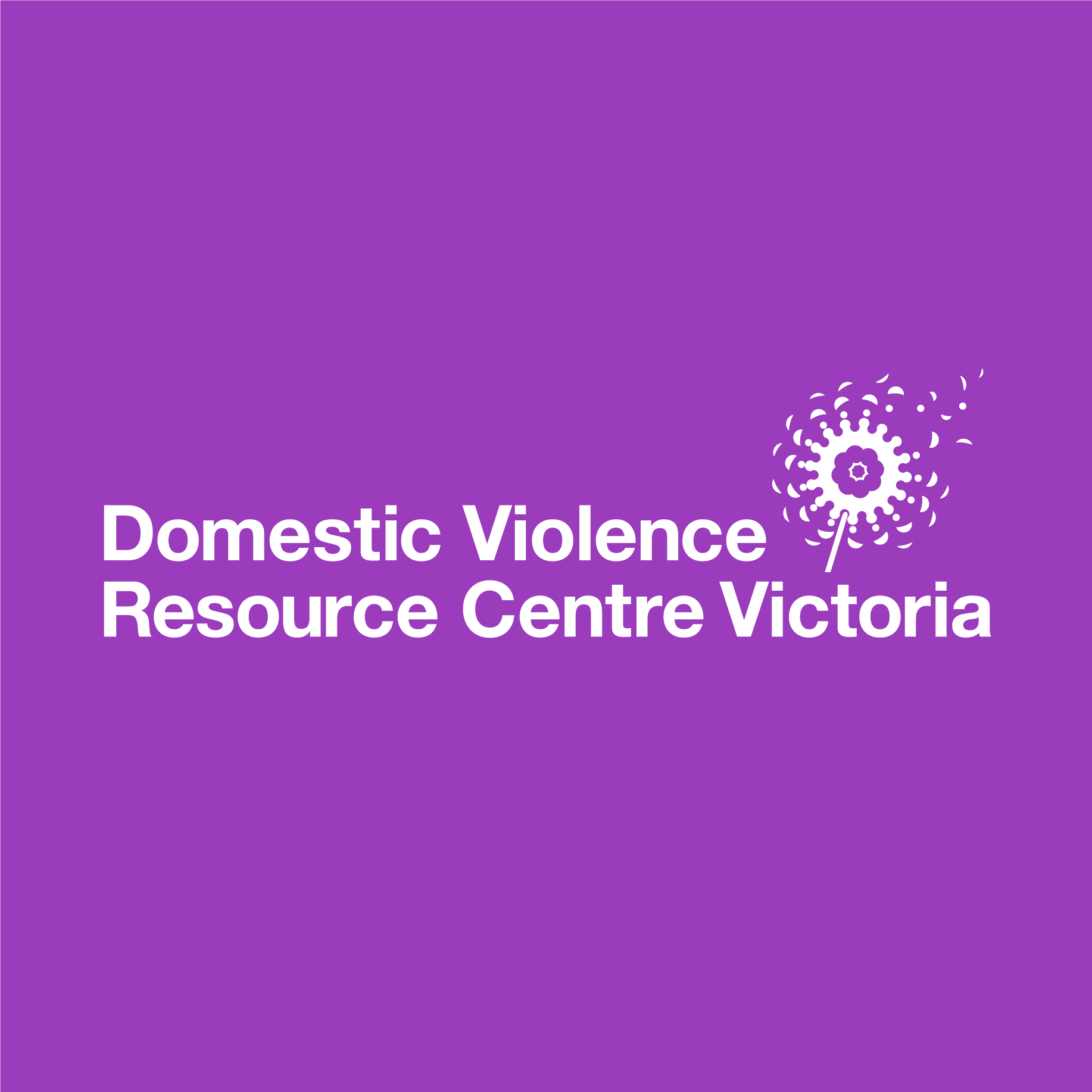The Royal Commission into Family Violence has created an unprecedented opportunity to examine how Victoria’s response to family violence can be improved. DVRCV’s Libby Eltringham summarises the Commission’s inquiries into risk assessment and risk management (excerpt of full article).
DVRCV’s submission to the Royal Commission included a comprehensive list of recommendations covering prevention, early intervention and response.
One specific area of focus was about the need to ‘embed a universal risk assessment and risk management framework’ in Victoria using the Family Violence Risk Assessment and Risk Management Framework (CRAF) as the foundation.
Released in 2007, CRAF is now the central tool for assessing and responding to family violence risk across different sectors and settings in Victoria. It serves as one of the most significant pieces of collaborative work to reduce family violence harm in the state. CRAF was also critical to the development of an integrated family violence system in Victoria.
The Framework adopts a ‘structured professional judgement’ approach that combines three elements to determine the level of risk:
- the victim’s own assessment of their level of risk
- evidence-based risk indicators
- the practitioner’s professional judgement.
In 2008 DVRCV, together with Swinburne University and No To Violence, was contracted to develop and deliver CRAF training programs and materials. Since that time, DVRCV has delivered, or co-delivered, CRAF training to over 6,500 Victorian service providers. In doing so, DVRCV trainers and others have identified gaps in the Framework, challenges around its use, and issues connected to the training and roll-out of CRAF. Our submission detailed those gaps and challenges, and called for a comprehensive review of CRAF.
This is an excerpt from the full article that was published in the spring/summer 2015 edition of DVRCV Advocate.
Libby Eltringham is the Policy and Legal Worker at DVRCV.
